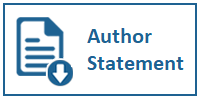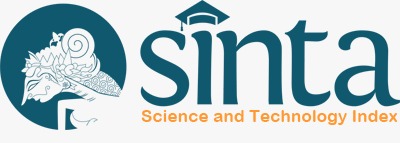Using Convolutional Neural Network and Saliency Maps for Cirebon Batik Recognition
DOI:
https://doi.org/10.31937/ti.v17i1.4026Abstract
Cirebon Batik is one of Indonesia's cultural heritages that has its own unique patterns and motifs, reflecting the cultural richness and history of its region of origin. This study aims to address the challenges in classifying the complex motifs of Cirebon Batik by implementing Convolutional Neural Network (CNN) and Saliency Map methods. The three main motifs used are Mega Mendung, Singa Barong, and Keratonan. The dataset was obtained from various online sources and processed using image augmentation techniques. CNN is used to recognize complex visual patterns, while Saliency Map highlights important areas in the image that influence the model's decision. The results show that the developed CNN model achieved an accuracy of 82%, precision of 83%, recall of 82%, and F1-score of 82%. The use of Saliency Map provides better interpretability and enhances the understanding of the classification process
Downloads
Additional Files
Published
How to Cite
Issue
Section
License
Copyright (c) 2025 Marlinda Vasty Overbeek, Suwito Pomalingo, Yoga Aditiya

This work is licensed under a Creative Commons Attribution-ShareAlike 4.0 International License.
Authors retain copyright and grant the journal right of first publication with the work simultaneously licensed under a Creative Commons Attribution-ShareAlike International License (CC-BY-SA 4.0) that allows others to share the work with an acknowledgement of the work's authorship and initial publication in this journal.
Authors are able to enter into separate, additional contractual arrangements for the non-exclusive distribution of the journal's published version of the work (e.g., post it to an institutional repository or publish it in a book), with an acknowledgement of its initial publication in this journal.
Copyright without Restrictions
The journal allows the author(s) to hold the copyright without restrictions and will retain publishing rights without restrictions.
The submitted papers are assumed to contain no proprietary material unprotected by patent or patent application; responsibility for technical content and for protection of proprietary material rests solely with the author(s) and their organizations and is not the responsibility of the ULTIMATICS or its Editorial Staff. The main (first/corresponding) author is responsible for ensuring that the article has been seen and approved by all the other authors. It is the responsibility of the author to obtain all necessary copyright release permissions for the use of any copyrighted materials in the manuscript prior to the submission.















